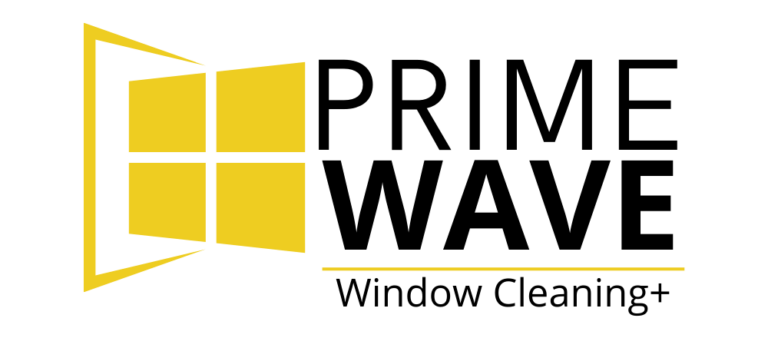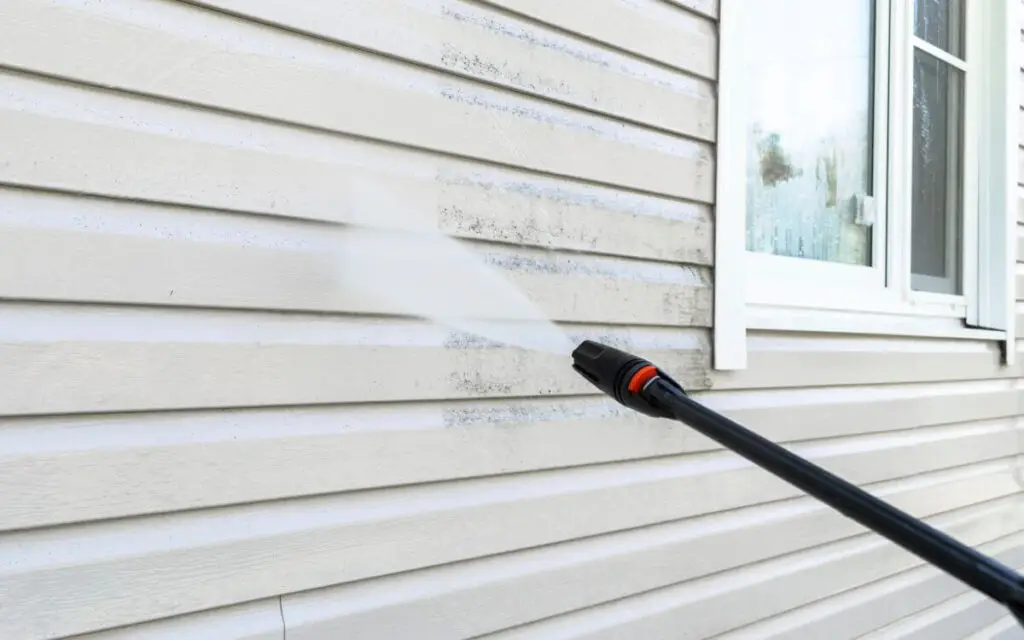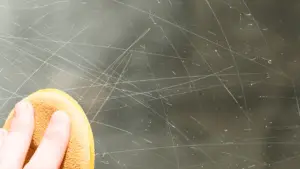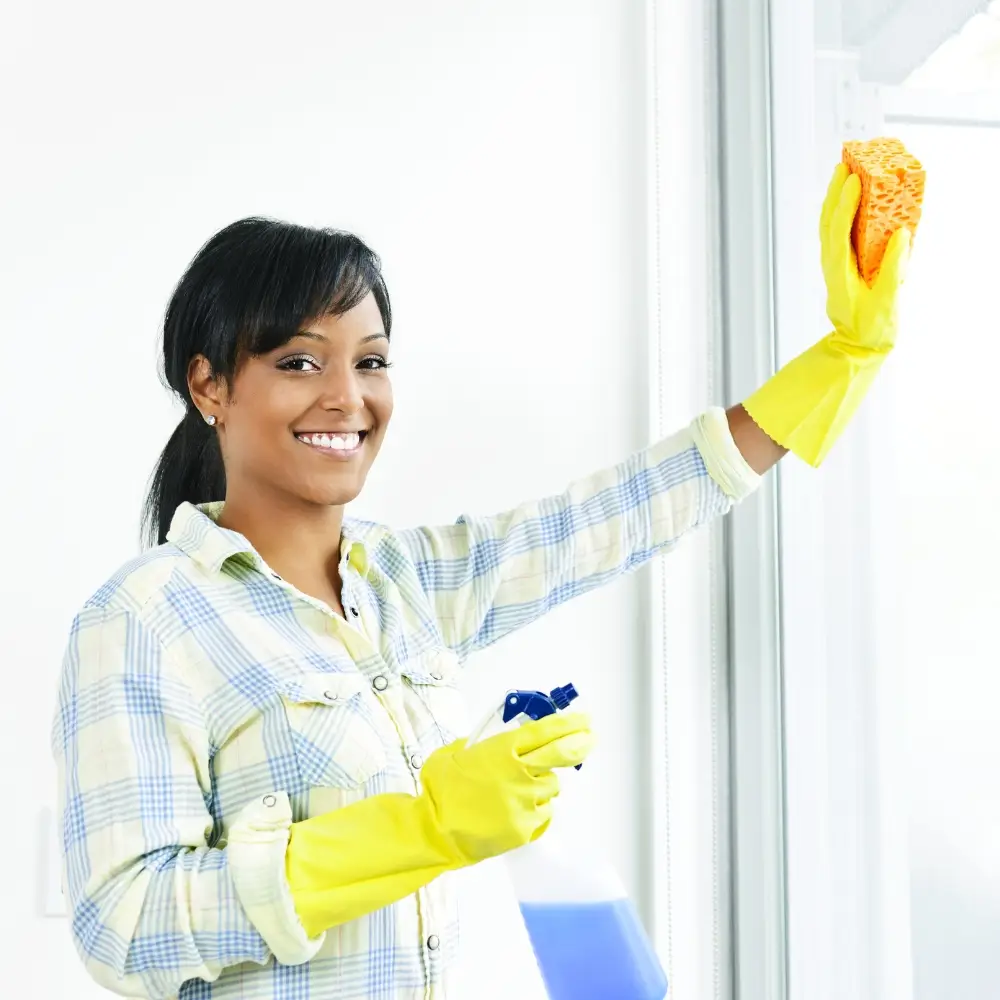What is Pressure Washing Used For?
Pressure washing is a versatile cleaning method that uses high-powered water jets to remove dirt, grime, mold, and other contaminants from various surfaces. This powerful cleaning technique is suitable for both residential and commercial spaces, offering an efficient and thorough clean.
Common Uses of Pressure Washing
Pressure washing is commonly used in different areas around homes and businesses to maintain cleanliness and prevent long-term damage to surfaces.
- House Siding: Pressure washing effectively removes dirt, mold, and mildew from exterior siding, whether it’s vinyl, wood, or brick. It helps maintain your home’s curb appeal and protects the material from long-term damage.
- Driveways and Sidewalks: Over time, driveways and sidewalks collect dirt, oil stains, and moss. Pressure washing can restore these surfaces to a like-new condition, making them look cleaner and improving safety by reducing slip hazards.
- Decks and Patios: Wooden and stone patios or decks can become discolored by dirt, algae, or mold. Pressure washing brightens up the wood or stone, restoring their appearance and extending their lifespan.
- Fences: Pressure washing works on wooden and vinyl fences to remove built-up grime and organic material, keeping your fence looking fresh.
- Windows: While you should use caution with window cleaning, pressure washing can be used to remove stubborn grime from windows, especially on large or difficult-to-reach panes.
Benefits of Pressure Washing
Using pressure washing as a cleaning method comes with numerous benefits for homeowners and businesses alike.
- Time-Efficient: Pressure washing saves time compared to manual scrubbing, particularly for large surfaces like driveways, decks, and house exteriors.
- Thorough Cleaning: The powerful jets of water penetrate deep into cracks and crevices, ensuring a complete clean that’s difficult to achieve with other methods.
- Eco-Friendly: Pressure washing uses water as the main cleaning agent, reducing the need for harsh chemicals that may harm the environment.
- Increases Property Value: A well-maintained exterior boosts the overall aesthetic of your property, making it more appealing and potentially increasing its market value.
1. Preparing for Pressure Washing
Before you begin pressure washing, take these steps to ensure safety and effectiveness:
- Choose the Right Equipment: Use a pressure washer with the appropriate PSI (pounds per square inch) for the surface you’re cleaning. Higher PSI works well for hard surfaces like driveways, while lower PSI is better for softer materials like wood and windows.
- Wear Protective Gear: Safety glasses and gloves are recommended to protect yourself from debris or water spray.
- Clear the Area: Remove furniture, potted plants, or obstacles from the cleaning area to prevent damage.
2. Pressure Washing Different Surfaces
Pressure washing can be applied to many surfaces, but each requires a different approach.
- Driveways and Walkways: Start from the top and work your way down, using a wide spray to avoid etching the concrete. A detergent can be applied for tougher stains.
- Decks: Use a low-pressure setting and maintain a safe distance from the wood to prevent splintering. Move the nozzle in a sweeping motion for even cleaning.
- Windows: Use a low-pressure setting to avoid breaking the glass or damaging seals. Start by rinsing the windows with plain water before applying a cleaning solution.
Maintaining Surfaces After Pressure Washing
To keep surfaces clean and in good condition after pressure washing, regular maintenance is essential.
Sealing Surfaces
- Concrete Sealing: After pressure washing driveways or sidewalks, consider sealing the surface to prevent dirt buildup and protect it from wear and tear.
- Wood Staining: For decks and fences, apply a wood stain or sealant after pressure washing to protect the wood from moisture and UV damage.
Routine Cleaning
- Regular Rinsing: Use a hose to rinse off dirt and grime from surfaces periodically to prevent the need for frequent deep cleaning.
- Inspect for Damage: Check surfaces for cracks or signs of wear after pressure washing and address any repairs as needed.
When to Hire a Professional
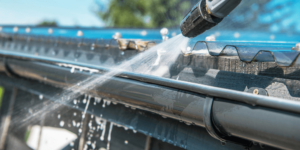
While DIY pressure washing is effective, some tasks may require a professional, especially for large-scale jobs or hard-to-reach areas.
- High Buildings: If you have a multi-story home, consider hiring professionals to handle the pressure washing safely.
- Heavy Stains: For persistent oil stains or deep-seated dirt, professionals have specialized equipment that may deliver better results.


